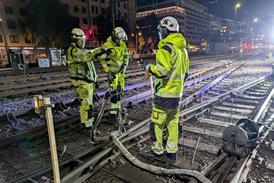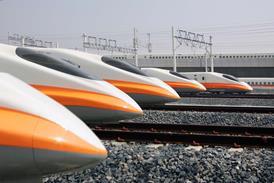Signalling: Verifying train position by satellite
By Dr Juliette Marais - Lead Researcher, Member, ERSAT-GGC Project - Gustave Eiffel University & Salvatore Sabina - Vice-President, Innovation R&D Network, Member, ERSAT-GGC Project - Hitachi Rail STS 2020-07-01T06:00:00

The ERSAT-Galileo Game Changer research project, which concluded last November, has laid the foundations for GNSS satellite location technology to support train positioning on secondary railways, potentially reducing the cost of ERTMS deployment.
Already have an account? LOG IN
To continue…
You’ve reached your limit of content for the month
Get enhanced access to Railway Gazette news and weekly newsletters.

For almost 200 years, the Railway Gazette Group has been the leading provider of news, analysis and intelligence for the international railway industry. Our independent and authoritative content is read by operators, regulators and the supply industry in over 140 countries using a variety of tailored subscription packages.
Site powered by Webvision Cloud



